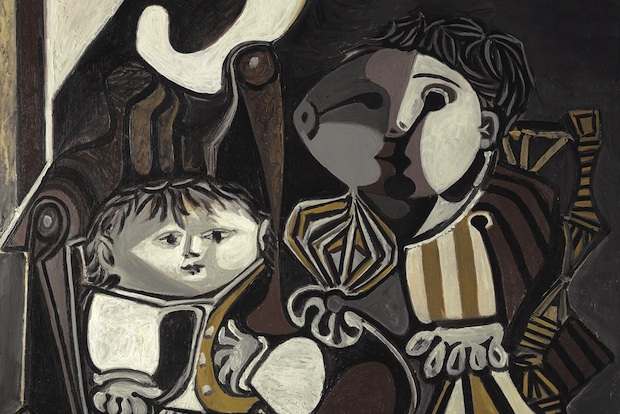
Global art sales took a major hit from the 2008 global financial crisis, as we all know, but the new TEFAF art market report finds that they’ve almost approached their pre-crisis high—thanks in large part to China’s burgeoning number of collectors.
While a U.S. rebound was cited as a major factor in this growth, the rising number of new Chinese collectors has played a large part as well. According to the report, China’s share of the total global art market remains the second largest in the world. While the country’s worldwide market share declined 2 percent as the U.S. market regained strength, China still accounts for 24 percent of all worldwide art sales—making it the largest emerging economy in the art market. Before the U.S. comeback hit full speed, China actually gained the title for the world’s biggest art market in 2011.
Chinese collectors also played a major role in the United States’ 5 percent sales gain and 38 percent global market share. “It’s not just the U.S. buyers,” said cultural economist Clare McAndrew in a Bloomberg story on the report. “People from Latin America and Asia are buying in New York.” The most high-profile Chinese buy this year was billionaire Wang Jianlin’s purchase of a Picasso work for $28.2 million at a New York Christie’s auction in November.
Factors that may have contributed to China’s slight market share dip include non-payment by winning bidders, a high percentage of unsold lots at auction, and authenticity concerns. However, these issues tend to plague Chinese auction houses and smaller companies more than major international names. While 54 percent of all lots offered in mainland China and 44 percent in Hong Kong went unsold over the past year, many high-profile sales by Sotheby’s and Christie’s saw dramatically higher numbers.
For example, Christie’s saw 32 percent growth in its 2013 Hong Kong sales, and its inaugural mainland auction in September sold 98 percent of its total items. Meanwhile, Sotheby’s 40th anniversary auction in Hong Kong in October achieved a sale of 90.2 percent by lot and 97.2 percent by value—the latter driven up by the sale of Zeng Fanzhi’s The Last Supper, which set the record for the most expensive piece of Chinese contemporary art ever sold at auction.
Driven by rising incomes and a preference for investment in hard assets, China’s wealthy have been flocking to auction houses in recent years. This growth means that Christie’s and Sotheby’s see both mainland China and Hong Kong as prime markets for expansion. Christie’s has two auctions slated for Shanghai in 2014, and is opening a new multipurpose gallery in Hong Kong. Meanwhile, Sotheby’s held its own first mainland auction in December.
This story originally appeared on Jing Daily, an artnet News content partner.